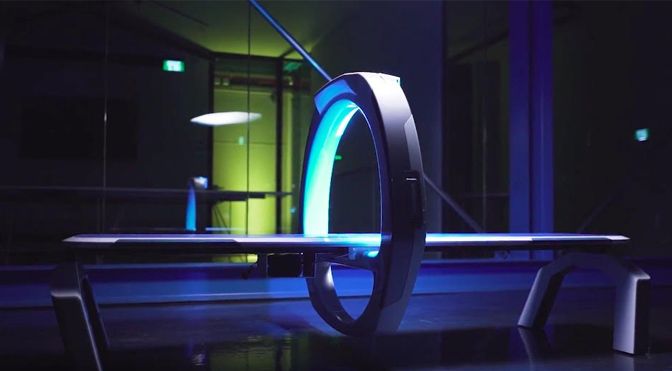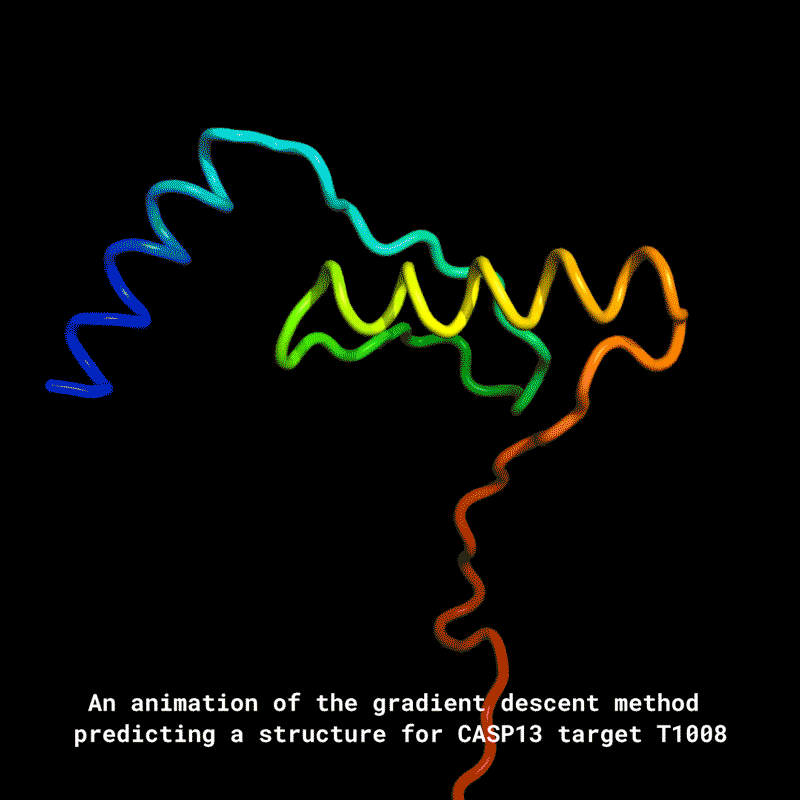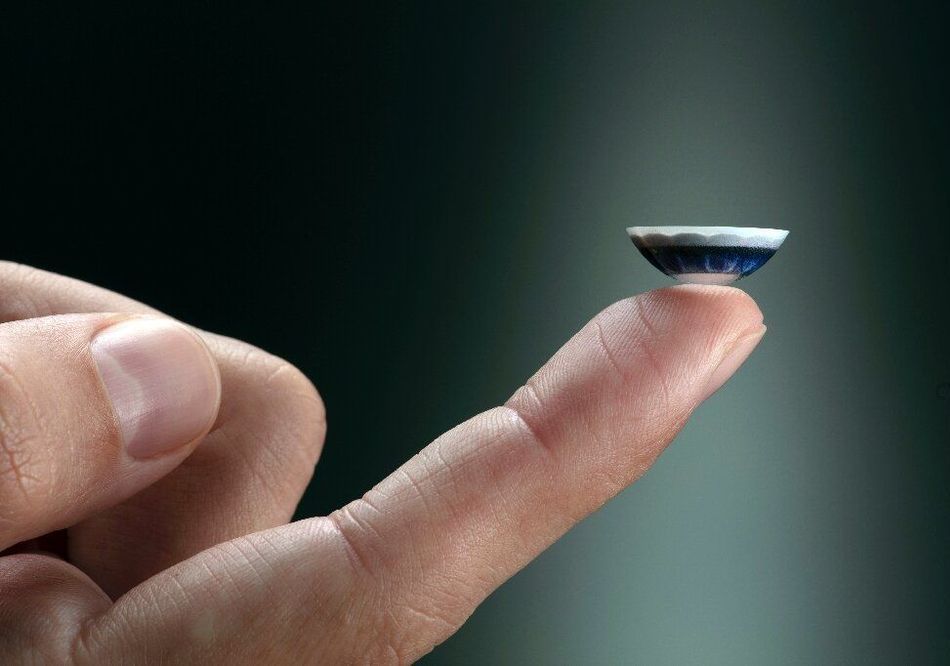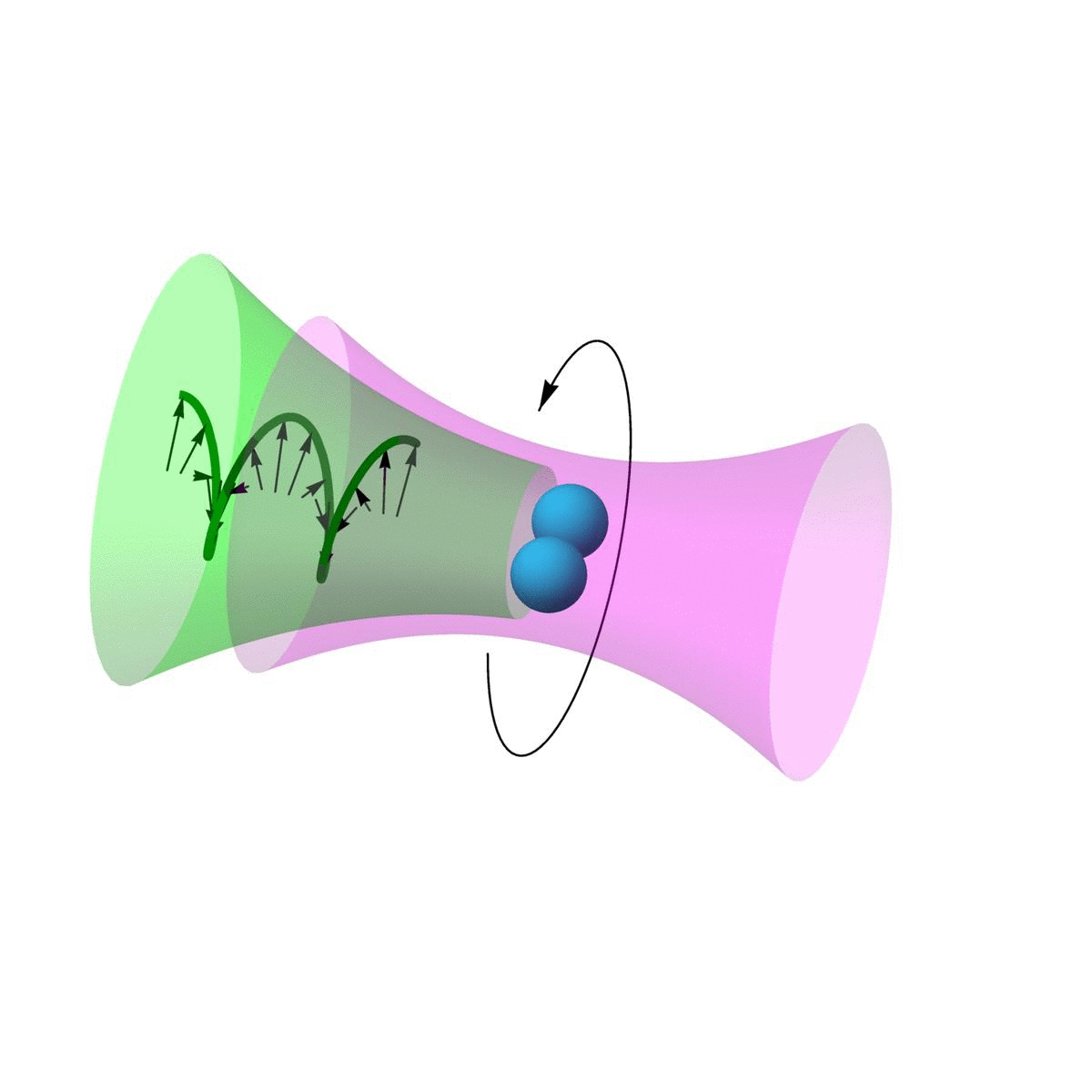Jan 17, 2020
Fossils of largest theropod to date found in Australia
Posted by Genevieve Klien in category: futurism
A team of researchers from the University of New England, the Australian Age of Dinosaurs Natural History Museum and Swinburne University of Technology, all in Australia, has identified fossils found near Winton as remains of the largest theropod found to date in Australia. In their paper published in the journal Royal Society Open Science, the group describes the bones they found and its likely species.
In 2017, a farmer in the central-western Queensland town of Winton discovered several fragmented bones on his property. Suspecting they might be dinosaur fossils, he contacted the Australian Age of Dinosaurs Natural History Museum. A team was assembled, and a dig was established. The researchers found 15 more limb and vertebrae fossils.
The fossils closely resembled Australovenator wintonesis—a theropod species that was discovered in Australia in 2006. Theropods are a group of large, bipedal, carnivorous dinosaurs—included in the group are both Tyrannosaurus rex and Velociraptor. The newly found fossils are bigger than those of the specimen found in 2006, making it difficult to determine if the two specimens are the same species. The fossil size suggests the creature was approximately two meters tall and five to seven meters long. The researchers are not ruling out the possibility that the fossils belong to an undiscovered species. But the larger size indicates that the find represents the largest known carnivore to have lived in Australia.


















